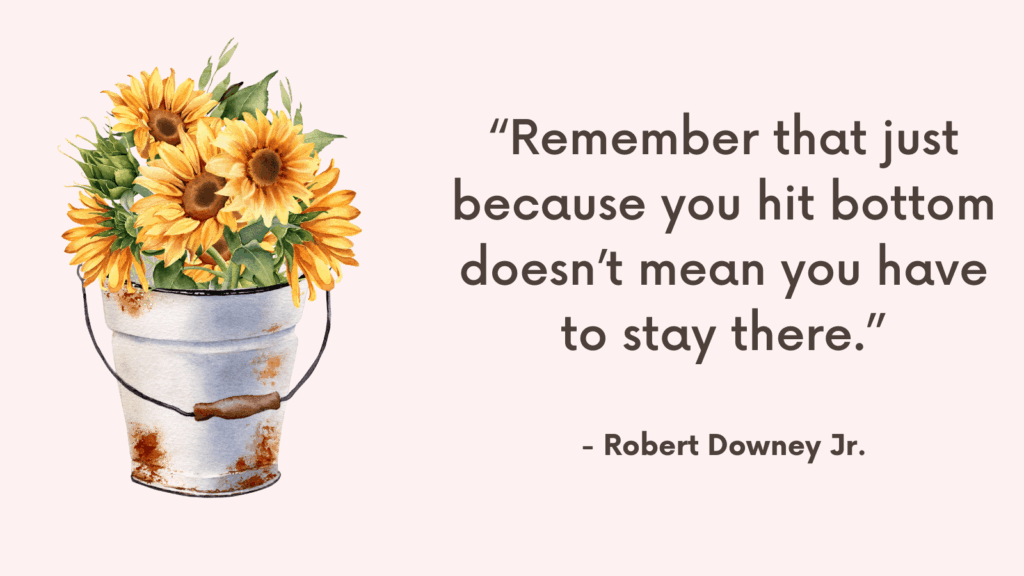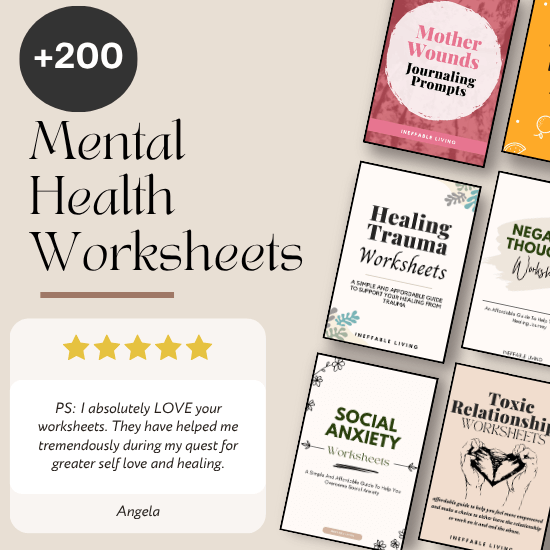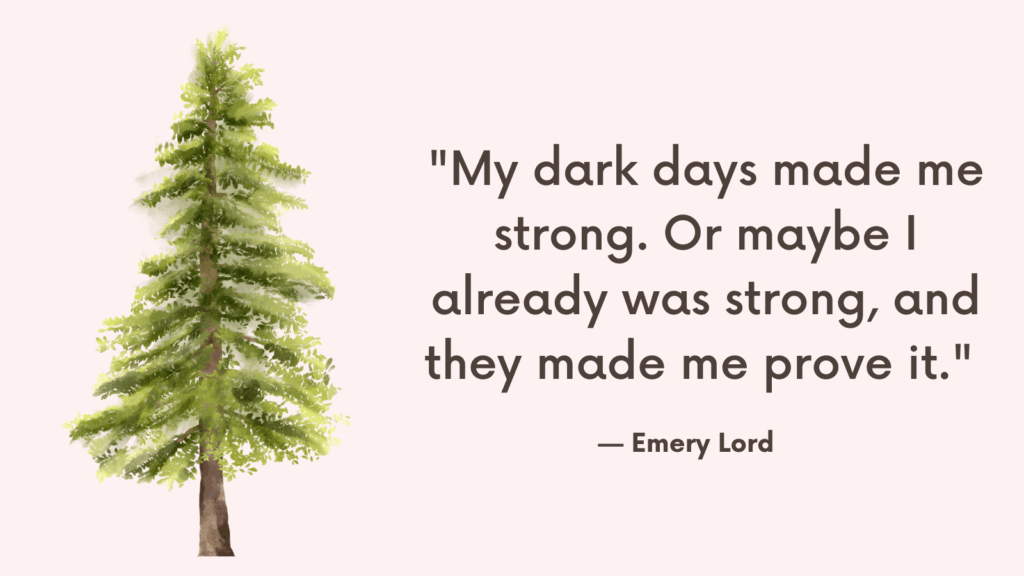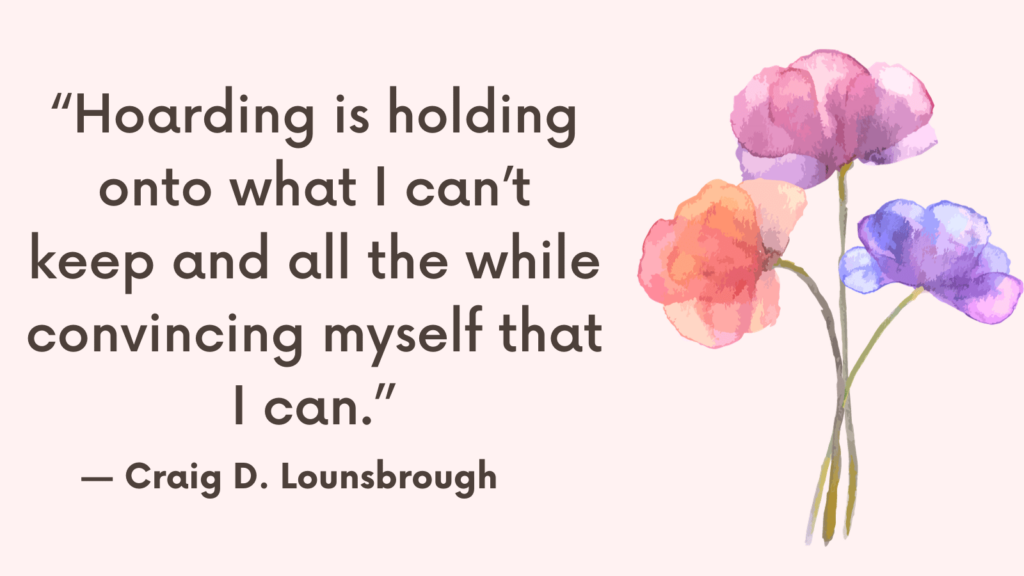Facing hoarding—whether it’s your own struggle or you’re supporting a loved one—can feel overwhelming. The idea of decluttering an entire home may trigger shame, panic, or helplessness. But meaningful progress begins not with a giant purge, but with tiny, manageable steps. Here’s how to start small in a way that respects emotional safety and still leads to real change.
The Emotional Overwhelm Behind Every Item
To the outside world, a cluttered home might just look like a mess. But to someone struggling with hoarding, every item holds meaning — and every decision to let go feels emotionally loaded. The overwhelm is not about the physical object itself, but the emotional weight it carries.
Every Item Tells a Story
A cracked mug might remind someone of a loved one who passed away. A stack of old newspapers might feel like proof that they were once informed and engaged. An unused appliance might represent hope for a future version of themselves — more organized, more capable, more fulfilled. These items aren’t just things — they’re symbols of identity, memory, and sometimes unhealed pain.
Letting Go Feels Like Losing Control
For someone with hoarding disorder, discarding an item can trigger intense anxiety, fear, or grief. It’s not about laziness or stubbornness. It’s about feeling emotionally unsafe when faced with loss, uncertainty, or regret. Letting go may feel like letting chaos in — or like erasing something that once mattered.
The Guilt Is Paralyzing
Even items that are clearly broken, expired, or unused can bring up deep guilt. What if I need this someday? What if someone else could have used it? What kind of person throws this away? These thoughts create emotional paralysis, making even small decluttering tasks feel impossible.
Related: 6 Common Types of Hoarding
Shame Fuels the Cycle
Many people who hoard know their living conditions are difficult — and they carry deep shame about it. This shame doesn’t motivate change. It creates more isolation, secrecy, and emotional buildup. Over time, the emotional charge behind each item grows stronger, making it harder to move forward.
Behind the Clutter Is a Nervous System on High Alert
The brain and body of someone who hoards are often in a constant state of stress. Decisions feel overwhelming. Emotions feel unmanageable. The clutter becomes a way to cope, protect, or at least delay the pain. It’s not a failure of willpower — it’s a nervous system trying to survive.
How to Start Small When Tackling Hoarding Challenges?
1. Pick One Square Foot, Not a Whole Room
Instead of tackling a bedroom or kitchen, start with a drawer, a single shelf, or a square foot of floor. Tiny zones reduce overwhelm and help build momentum without emotional shutdown.
2. Set a Timer for 10–15 Minutes
Commit to short sessions. Knowing there’s a clear end helps reduce anxiety and resistance. Even a few focused minutes a day adds up over time.
3. Start With Items That Are Least Emotionally Charged
Avoid sentimental items at first. Begin with things like expired food, broken objects, or duplicates—items that are easier to let go of without emotional distress.
Related: 8 Stages of Hoarding
4. Use the “Keep, Toss, Not Sure” Method
Make three piles:
- Keep: Truly useful or cherished items
- Toss: Broken, expired, or irrelevant items
- Not Sure: Set these aside to revisit later, reducing decision fatigue
5. Celebrate One Decision at a Time
Letting go of anything—a receipt, a box, an old magazine—is worth acknowledging. Say: “I made a choice today. That matters.”
6. Create a “Safe Keep” Box
Designate one container for items that feel too hard to part with but don’t need to be out. This builds a bridge between emotional comfort and clearer space.
7. Don’t Aim for Perfection—Aim for Progress
A space doesn’t need to be minimalist or “finished” to be better. Any change that increases safety, ease, or movement is a success.
8. Take Before-and-After Photos (If Comfortable)
Seeing visual progress—no matter how small—can be incredibly motivating. It reminds you that change is happening, even when it feels slow.
9. Build a Ritual Around Letting Go
Say goodbye to objects, thank them, or create a small ceremony. This helps honor emotional connections while still making room for change.
10. Ask for Help—but on Your Terms
If you need support, invite someone who is kind, patient, and nonjudgmental. Let them help in ways that respect your pace, not pressure you to move faster than you’re ready.
Related: What Causes OCD to Flare Up? Top 10 Causes
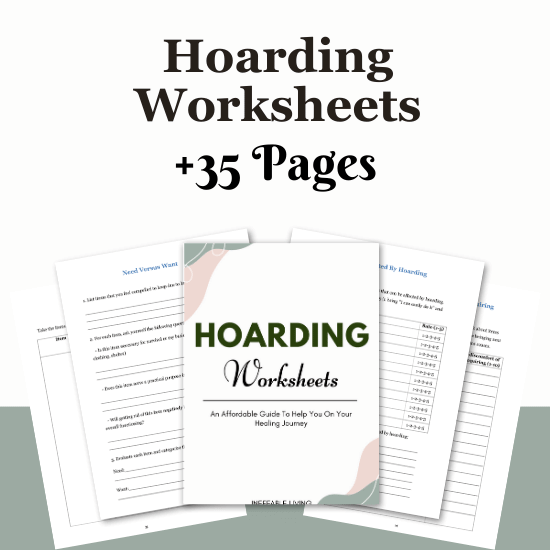
Conclusion
Small steps are not “less than”—they are often the bravest kind. Every single object released, every inch of floor cleared, every decision made is a powerful move toward freedom. Start small. Start gentle. Just start—and keep going from there.
